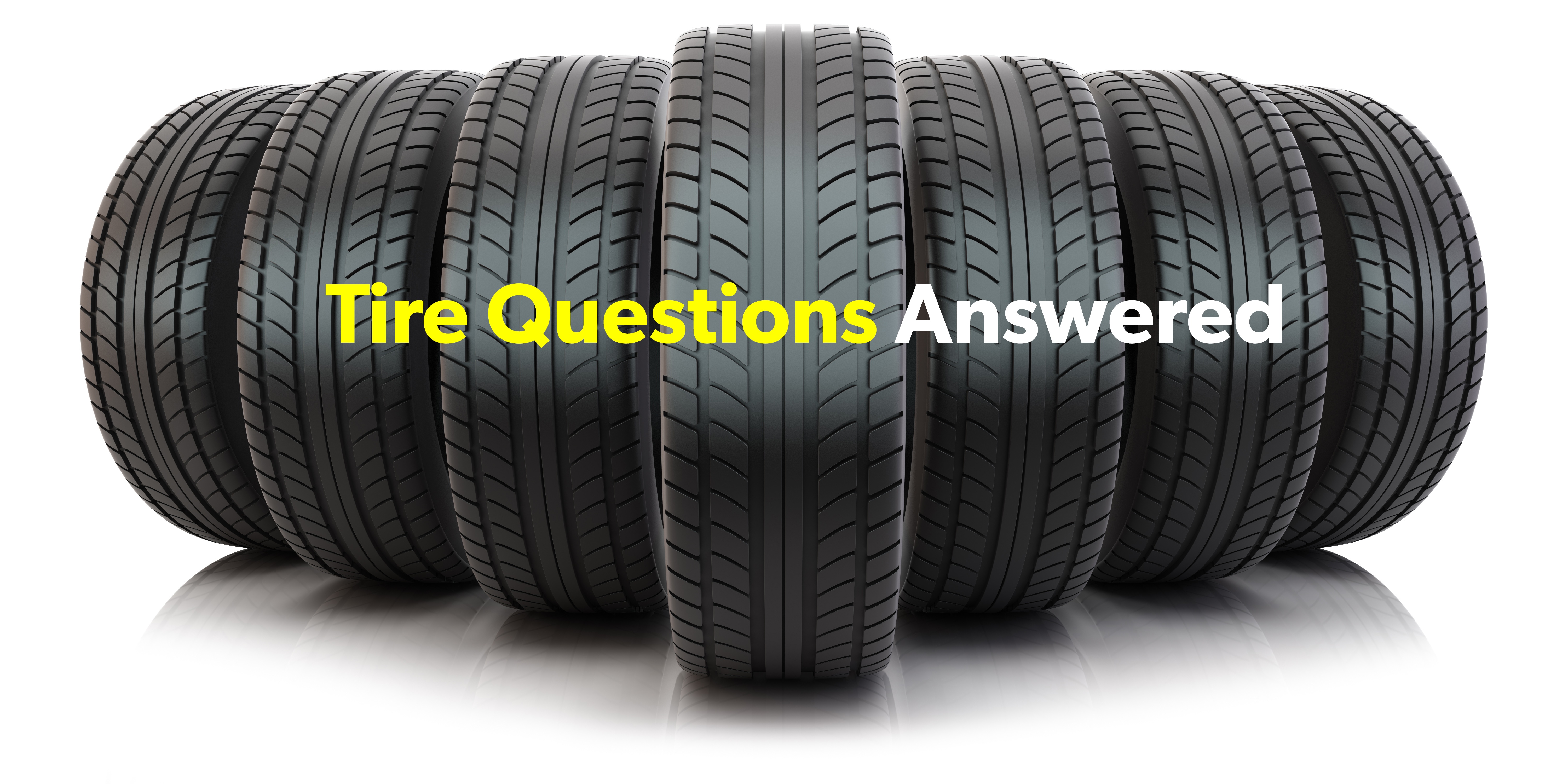Common tire replacement questions 
from drivers in Bel Air Maryland
As an automotive shop in Bel air Maryland, we get a lot of questions regarding tires. After all, tires are the only thing between your car and the road. Even the best built cars will wear out many sets of tires of the course of your ownership. We put together a list of the most commonly asked tire questions below:
Why did my tires wear so quickly?
Everyone knows that you should rotate your tires but not everyone does it. Yet even for those who are religious about tire rotations, tires can still wear out prematurely. Premature tire wear may be caused by many factors such as improper inflation, poor driving conditions, bad alignment, worn suspension components.
Without physically inspecting the tires, it is difficult to make a determination as to why your tires wore prematurely.
Should I fill my tires with nitrogen?
Some tire shops offer nitrogen (N2) to inflate passenger and light truck tires. Some dealerships and tire stores claim that filling your tires with nitrogen will save you money on gas while offering better performance than air. But a closer look reveals that nitrogen has few benefits and much higher costs. For starters, a typical nitrogen fill-up will cost you about $6 per tire.
I only need two tires. Do they go on the front or the back?
When replacing only two tires on your vehicle, new tires should always be placed on the rear of the vehicle. If the car or truck has all wheel drive, it is always better, if not mandatory to replace all for tires at the same time. With all wheel rive, all for tires must be the same exact size, and sometimes mixing tire brands, even with the same tire sizes can have dimensional differences.
What is TPMS?
The Tire Pressure Monitoring System (TPMS) is an electronic system that alerts you with a dashboard indicator light when your car’s tire pressure falls to the point of needing inflation. Sometimes these can give false readings in extremely cold temperatures or fail completely giving off false readings. These sensors are mounted inside the rims and can be expensive it they require replacement.
What is the proper inflation for my tires?
We recommend using the tire pressure that the vehicle manufacturer requires. This information is normally written on the inside driver’s door jam. We suggest you do not deviate from this tire pressure.
What is the mileage warranty on my O.E. (original equipment) tires
O.E. tires are designed to the vehicle manufacturer’s specifications and do not offer a mileage warranty. However, your tires are warranted for workmanship.
What is the rolling resistance of my tires?
Rolling resistance traditionally has been measured through SAE (Society of Automotive Engineers) test procedure J1269. It measures the force required to roll a tire against a dynamometer at a fixed speed of 50 mph.
At least three tires must be run in each configuration to get a good average. At approximately one hour per rolling resistance test, this amounts to 3,900 hours — or over six months just to test one brand.
This explains why these values are estimated. We do have some data, but most of the time it doesn’t line up with those sizes or patterns requested. Therefore, estimation is required. These estimates are made by independent organizations.
Hopefully this helps clear up any common tire questions you may have. If you need advice about your tires or are looking to purchase a new set, click the button below to schedule an estimate.
{{cta(‘b1b007a0-e493-484b-8c9a-ed5999d05ab3’)}}
